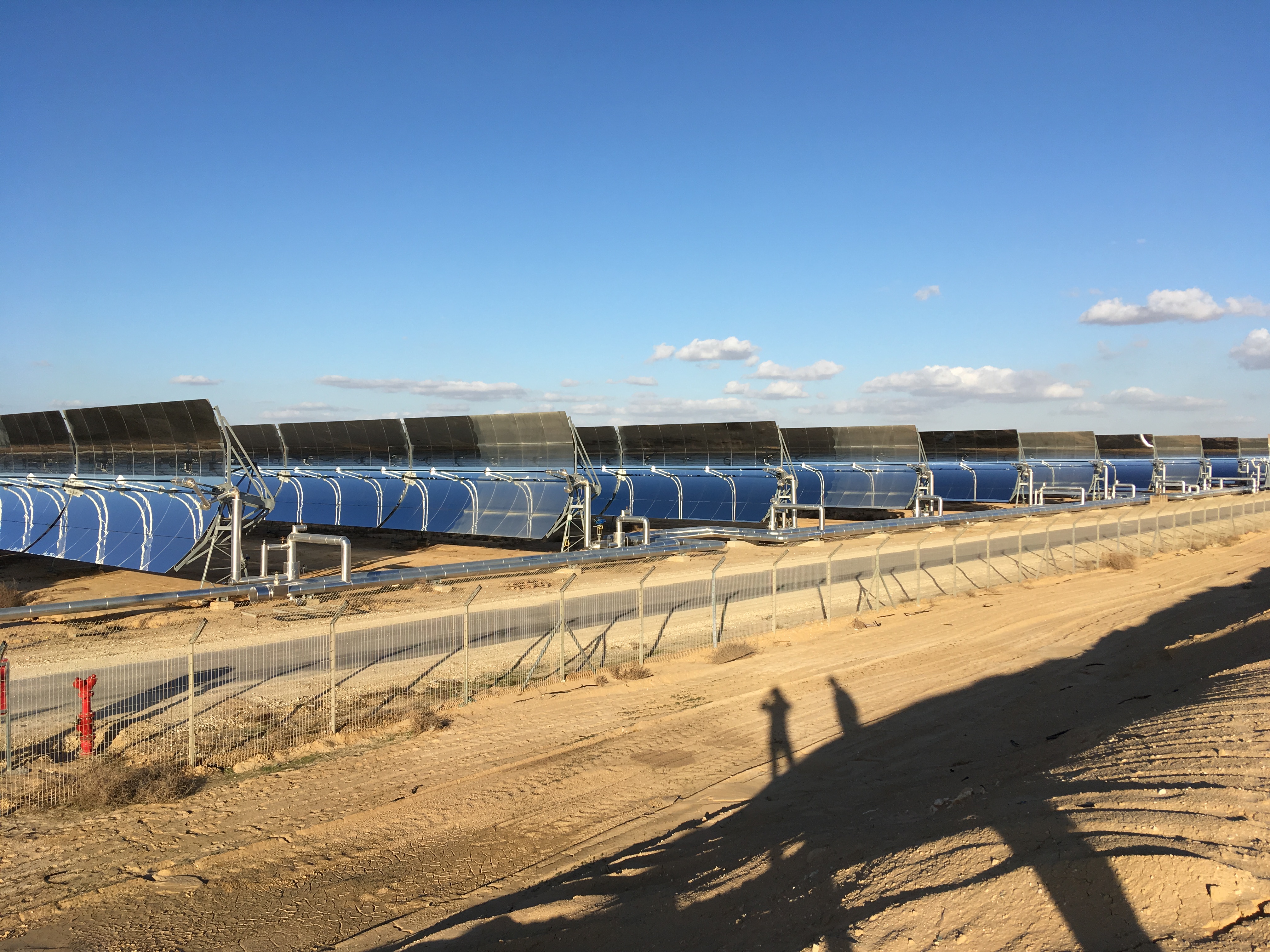ColSim is a high performance modeling and simulation tool developed by the Fraunhofer Institute for Solar Energy Systems (ISE). It was developed many years ago for the investigation of control systems for thematic solar systems, with the version ColSim1.0, which is still freely available as source code today. Version ColSim 2.0 was developed from the structure of the first version and primarily models solar power plants and solar process heat. It includes a model library that includes technologies such as Carnot batteries, PV power plants and heat pumps that allow for detailed system simulation.
It has been developed since 1995 with the aim of developing and testing complex control strategies in various HVAC and solar thermal systems. Numerous control systems (RESOL, Paradigma) have been successfully developed in ColSim and are now available in commercially available control systems. It has an extensive component library with validated models covering a wide range of components. The models are related to the dynamic behavior of thermal components, it was developed based on the plug-flow model ColSim Diss which allows a very fast calculation. Thanks to the extremely fast calculation, the annual simulation of complex systems with a resolution of seconds can be carried out in just a few minutes.
Colsim 1
ColSim is an in-house modeling and simulation tool of Fraunhofer Institute for Solar Energy Systems (ISE). It is primarily used for Concentrating Solar Power Plants and Solar Process Heat but also for other technologies such as Carnot Batteries, Waste Heat Recovery, Solar PV power plants and buildings. It has been under development since 1999 when it was developed with the intention of simulating and testing complex control strategies in different HVAC and solar thermal systems. ColSim has an extensive component library with validated models covering a wide range of components. Most of the models are capable of dynamic and transient simulations based on plug flow model with capacity nodes using time series input. It has an online plotter to watch the simulation results during the simulation as well as an integrated post processor to visualize the results. Additionally, thanks to the relatively short calculation time (even with time resolution of 1 second) and parallelization, large number of simulations can be run in parallel (e.g. for optimization).
In the 1970s, the simulation environment was The simulation of controller strategies with the simulation code TRNSYS (ColSim is based on a similar structure to the modular simulation code TRNSYS.) and other commercially available programs is not possible without modifying the numerical algorithms of the programs' solvers in order to achieve convergence with small time steps. In addition, the implementation of control routines in Fortran within the programs is unsuitable for code transfer to modern microcontroller hardware. The experience with these (and other) limitations of existing simulation programs was the original motivation to create a new simulation environment. ColSim is based on the UNIX multitasking philosophy (ColSim can also be compiled on 32-bit MS-Windows systems) and the idea of public domain software. The current platform is a LINUX system (standard installation SuSE LINUX) with various public domain tools for setting up the simulation environment. Most important is the GCC C compiler, which provides a solid basis for highly reliable software and development environments. ColSim is primarily a command line driven tool that can be controlled interactively via a simple TCL menu. The visualization of the online results is realized with the interactive function plot program GNUPLOT. The design of the systems to be simulated can be realized with the vector graphics tool XFIG.

